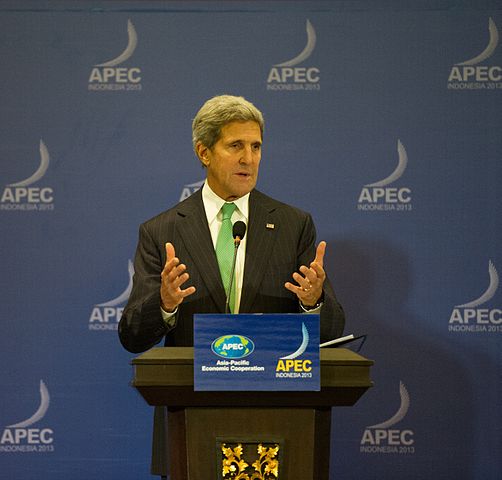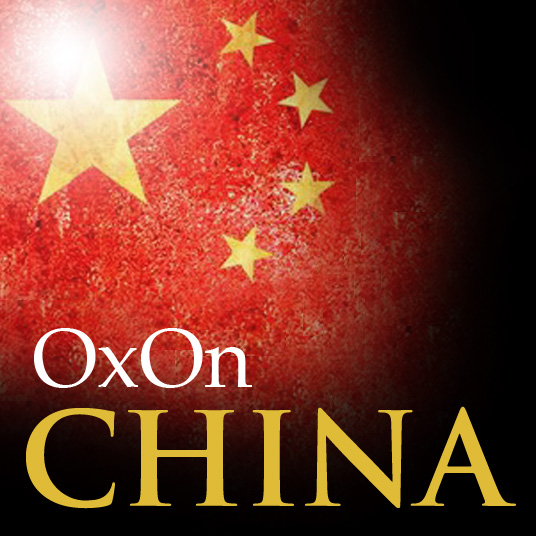
Xi Jinping has taken over the helm of China’s state apparatus as well as the Party, but where the new leadership will take the country remains uncertain. Recent developments give us an indication. Recently, the Party presented a new plan to reduce inequality and has implemented an anti-corruption campaign. This has – amongst other things – hit luxury goods sellers and upmarket restaurants hard. Mr Xi has also made the ‘Chinese Dream’ into the leitmotif of his politics in order to ‘realize the great rejuvenation of the Chinese nation’. Other than this, identifying a direction has revolved around looking at the backgrounds, characters and objectives of the new leaders, in particular Mr Xi, and to a lesser extent, Li Keqiang, the Party secretary.
But focusing on the individuals tells us little about their real ability to affect outcomes. Nor does it tell us much about the constraints within which they make their decisions – institutional, ideological or otherwise. Chinese politicians are often described as ‘reformist’, a term used in a manner that implies that these individuals will bring China closer to ‘us’ in the West. Not only is this conception naïve in its notion of convergence to the Western model, it is also analytically useless in the Chinese context. In Mandarin, ‘reform’ refers to the amelioration of existing structures and policies. It became the core concept of Chinese politics in 1979, after the death of Mao. Deng Xiaoping, China’s reformist leader from 1978 to 1992, proclaimed that China had been victorious in the revolution and in class struggle, and now needed to reform and modernize, in order to achieve its ultimate objective – becoming a rich and strong nation able to withstand foreign pressure.
In fact, this objective precedes the Communist government, dating from the 19th century, a disastrous one for China, given the foreign invasions and internal fragmentation. In the 21stcentury, it remains the central objective of the current leadership. When Xi refers to the ‘great rejuvenation of the Chinese nation’, or the ‘Chinese dream’, that is what he means. Reform, then, consists of the necessary steps to attaining this goal. As such, every Chinese politician at the higher level of the CCP is a reformist.
It is also important to understand that China is the consummate technocracy. The Party justifies its policies on the basis that they are the scientifically correct means to achieve both the main objective of self-strengthening, and the subordinate goals identified by the Party: economic growth, technological development, social and political stability and environmental protection (to some extent). Morality or an explicit reflection of the public interest do not play an significant role, outside of the fact that, in the same way that neoclassical economics postulate that maximization of aggregate welfare is always good, the Party proclaims that realizing the Chinese dream will somehow engender prosperity at the individual level.
This is not to say that the Chinese government doesn’t worry about the exceedingly high levels of inequality. It does. Both the Hu and Xi leadership have made reducing inequality a key priority. This is not justified, however, on moral grounds, where inequality is a wrong that must be rectified through social justice, but on technocratic and scientific considerations. According to their accepted development theory, inequality may cause China’s development to derail because it endangers social cohesion.
As a consequence, we must understand China’s reform efforts as a bid to rationalise both its economic and social structures, within a framework of strongly ideology-laden national rejuvenation. But what does that tell us about concrete policymaking? China’s economic governance structure provides us with a useful map to navigate the different areas of policy and gauge the potential for reform. The best place to start is the Foreign Investment Catalogue. The Catalogue is a bellwether of economic policy change, as it clearly indicates the strategic direction of the leadership in economic reforms. A list of industrial sectors, revised every few years, it divides the economy into three categories:
- The first is the ‘encouraged’ category. Sectors falling under this heading generally do not need administrative approval for investment and preferential policies may be in place.
- Second, under the ‘restricted’ category, it is necessary to apply for government approval, covering sections where the government, for different reasons, may want to limit foreign or private presence.
- Third, under the ‘prohibited’ category, one finds sectors that the leadership feels are too sensitive to allow for uncontrolled capital flows. This includes social research, most media activities, power, postal activities and certain manufacturing sectors.
The same categorization could also apply in the field of policy reform under the new generation of leaders.
- Under the ‘encouraged’ heading, we would find the objectives that the leadership is directly pursuing. At present, they seem to relate to urbanisation, ‘informatisation’, continuing agricultural modernization and the development of new technologies. They also include subsidiary policies, such as the reform of the hukou system, the registration system that make it impossible for migrant labourers to enjoy social services in the cities where they work.
- The ‘restricted’ category consists of policy initiatives that the leadership may want to take, but remain politically sensitive. Hence, here we often see small trial measures or the low-key implementation of new rules. One example of this are the recent changes to the re-education through labour system
This is a much-maligned detention system for culprits of petty crimes. Announced a little while ago, reform measures are so far limited to the southern provinces of Guangdong and Yunnan.
- Under the ‘prohibited’ category are matters the Party deems so central to its mission that no change is tolerated. Any discussion over their merits is prohibited. They include the “six no’s”: no ideological pluralisation, no multiparty governance, no separation of power, no bicameral legislature, no federalism and no privatization. They also include matters pertaining to territorial integrity: Tibet, Taiwan and Xinjiang, along with the Diaoyu Islands spat with Japan.
Where does this leave us? Obviously, even in authoritarian China, the leadership doesn’t have a free hand. Beijing’s ability to get things done at the local level is notoriously weak, and power relations within the post-18th Party still have to crystallise. This is especially true at the top. Crises will naturally pop up – and indeed, already have – requiring Mr Xi to govern through improvisation. Furthermore, there is no single political spectrum: a free-marketeer may turn out to be highly xenophobic and believe strongly in coercive measures to maintain stability.
Nonetheless, the central leaders exhibit a relatively strong consensus on most political preferences. If they did not, they wouldn’t have made it to the Standing Committee. Not even Mr Xi, who is often described as a more open, affable person than the wooden Hu Jintao, is different in this regard. Hence, to find out where China is going, it is necessary to look past the surface of personal character and try to identify the core drivers of Chinese policymaking.
Rodier Creemers is an editor for OxOn China and edits a China Copyright and Media blog.







No Comment